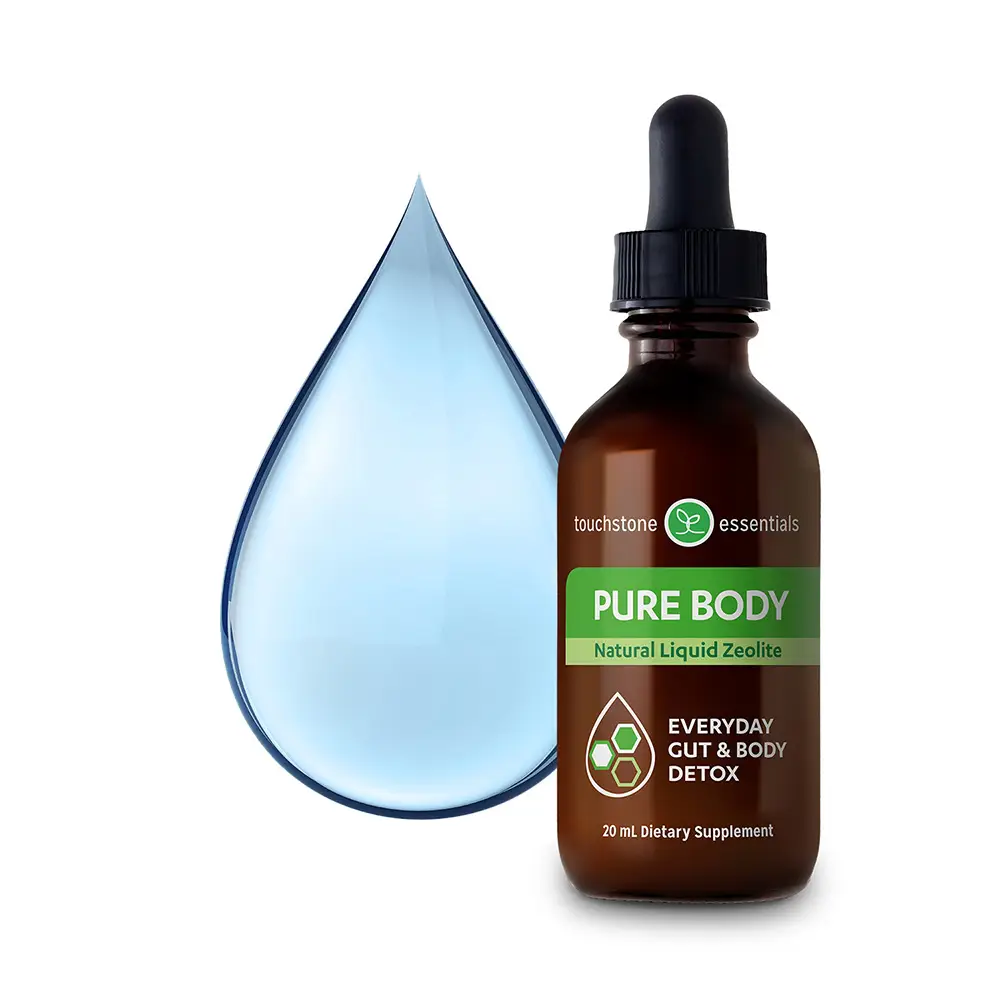Answer
Oct 28, 2024 - 01:41 PM
Zeolites are a class of mineral formed by the chemical reaction of volcanic ash with seawater. They have a three-dimensional crystalline structure of open pores or channels that looks like a honeycomb (or cage) and are one of the few negatively-charged minerals in nature. There are over 40 natural zeolites and as many as 150 synthetic zeolites used today.
Inside each zeolite are positively-charged exchangeable (lighter) metals known as cations, usually calcium, magnesium, sodium and potassium. These ions are only loosely held and can be readily displaced by other substances, such as toxic heavy metals or other organics in a process called cationic exchange. Zeolites have a preference or affinity for heavy metals due to their positive charge and capture these toxins in the bloodstream.



